Dangers of Electrical Cords and Dogs: Symptoms, Treatment and Prevention

One of the most common types of household injury that could happen to your pet is electrocution due to them chewing on electrical cords.
Although it’s already obvious that this might cause serious injury, pet owners still ask, can a dog die from chewing electrical cords?
To shed more light on this topic, we’re going to talk more extensively about the dangers of an electric shock to dogs, symptoms, and other helpful information to prevent accidents like such.
Can a dog die from electrical cords?
As we said previously, dogs can die from chewing electrical cords. But the severity of the injury also depends on a few other things. Is the cord plugged in? Is it unplugged? These two questions are major factors to consider.
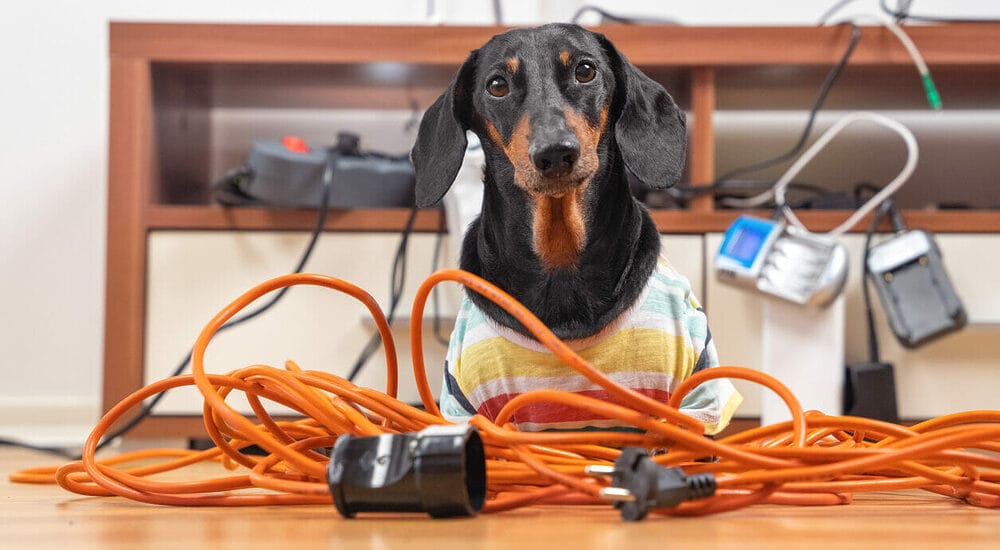
Chewing on live electrical cords can definitely be fatal depending on the trauma. Some symptoms might include mouth pain due to burns around their mouth and muscular spasm.
In worst case scenarios, if your dog fortunately survives the shock, there is still a high risk that it could lead to abnormal heart rhythm, seizure, and life threatening conditions such as pulmonary edema.
Electric shock symptoms in dogs
Your dog will show symptoms after an electric shock but will depend on whether it was a mild or severe shock, the electric voltage, and the contact period. For dogs that have experienced mild shocks, you can watch out for symptoms like the ones listed below:
4 Mild electric shock symptoms in dogs
- Mild discomfort due to static build-up
- Drooling or salivating
- Burns and pain in the mouth area
- Foul smell due to mouth infection
Although these are deemed mild symptoms, it can cause major problems especially if left untreated. Usually, the extent of the damage cannot be seen until after a few days, which is why you need to take your dog to a vet clinic to be able to give necessary medical attention.
If burns are left untreated, it can damage tissues and form ulcers. This may lead to infection and cause bigger health problems.

In worst case scenarios, if your dog experienced severe shock, it’s imperative that you take him to your veterinarian immediately. Strong voltages from electric cables can cause acute life-threatening damages to your beloved pooch and they may show symptoms like:
5 Severe electric shock symptoms in dogs
- Twitching and muscular spasms
- Convulsions that look like seizures
- Collapse and unconsciousness
- Shortness of breath
- Irregular heartbeat
Dog owners need to know how extreme the damage can be if their pets have experienced severe electric shock. Sometimes, the muscle spasms and seizure is strong enough to injure joints and ligaments. It can even lead to bone fracture.
This might also damage their lungs which can lead to fluid build up. If your dog is experiencing labored breathing, this might be a sign that they have developed pulmonary oedema which is a condition lethal to dogs. Signs may progress within minutes up to two days, which is why it’s crucial that the veterinary clinic perform chest x-ray for a proper diagnosis.
Lastly, electric shocks may cause irregular heartbeat which can lead to heart arrhythmia. Your dog may collapse or even have cardiac arrest. If the damage is absolutely lethal, it can cause brain damage and sudden death.
How do vets diagnose electric shock in dogs?
Your dog will need immediate veterinary care after experiencing electrocution. Upon arrival at the vet clinic, you will be asked about what happened so you need to answer the questions as thoroughly as possible.
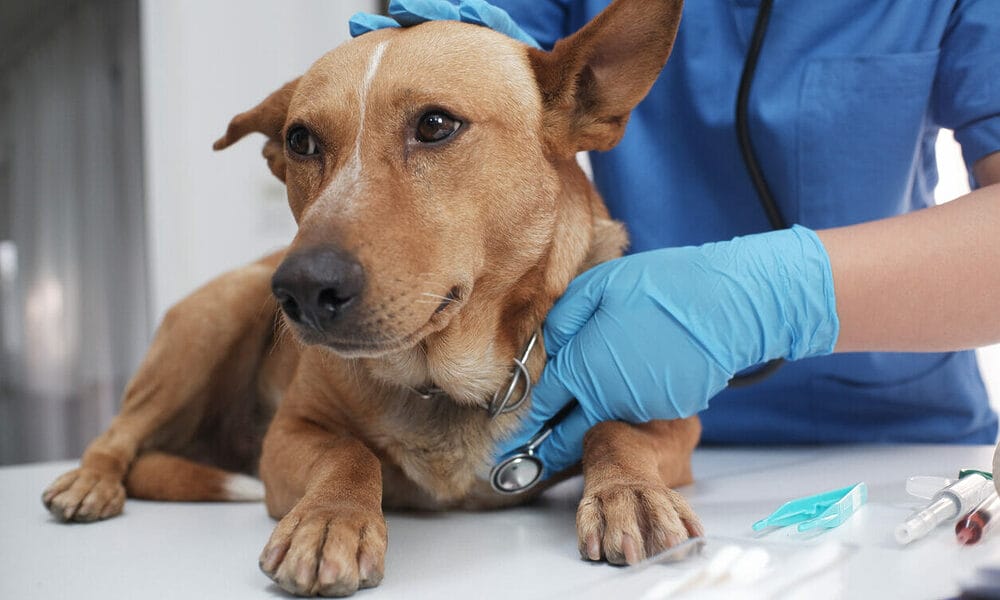
Your dog will be taken to the treatment area and if they show signs like difficulty in breathing, they will be placed inside an oxygen cage and will be monitored closely.
Once your dog is stable, your vet doctor will now be able to perform a physical examination. They might ask for details of the accident so this is the part where you give as much detailed explanation as possible.
They will check your dog’s mouth to look for burns as well and detect their heartbeat. Upon evaluation, your furbaby will need to undergo chest x-rays and an electrocardiogram to assess their lungs and the heart.
In case your dog develops pulmonary edema and other perilous complications, they will recommend hospitalization to be able to monitor and give any needed medical care for your pet closely and promptly.
Treatment and recovery for dogs that had a electric shock
The treatment and recovery of your four legged companion will depend on the severity of its condition. Chances are, your pooch may need to be hospitalized for a couple of days since other symptoms may present itself three to five days after the incident.
Your vet may need to administer intravenous fluid mixed with diuretics in order to clear the lungs. Antibiotics may also be needed to prevent infection while the skin tissue begins its healing process. In case your dog is showing signs of discomfort, pain medication might also be given.
Once your vet doctor concludes that your dog is stable enough to go home, then your pet may be discharged. However, you will still be asked to provide considerate care in the coming weeks.
Why do dogs chew on electrical cords?
Dogs are naturally very curious and will chew on anything when they are bored or lonely. This usually happens when adult dogs are left alone at home or when they have separation anxiety. All the more reasons why to get them another dog toy to chew on.
Read More About: Why Do Dogs Chew On Electrical Cords?
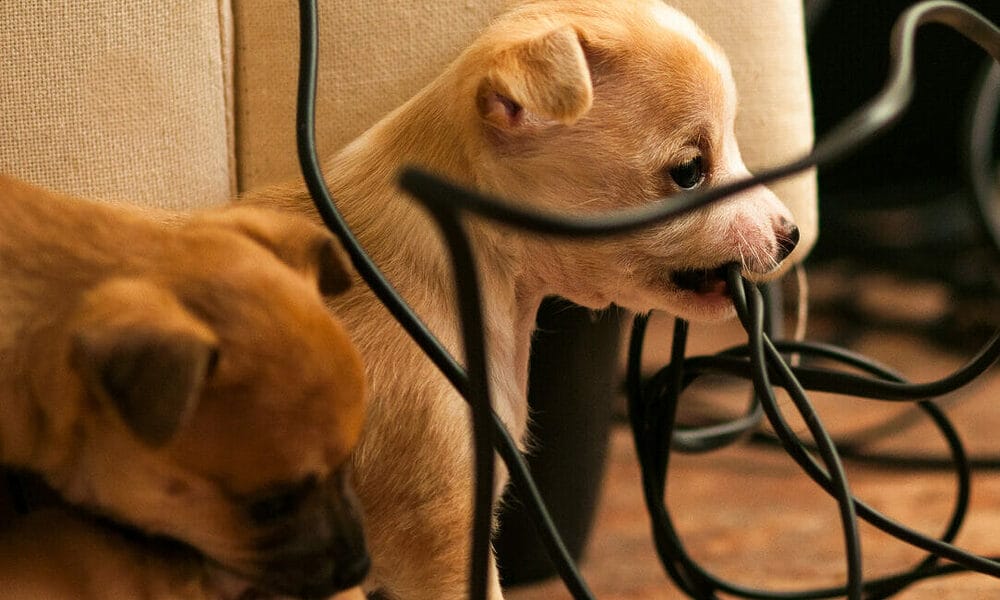
But chewing is also very common in puppies. They’re either very keen to discover the new things around them or they’re trying to relieve the discomfort of teething. Either way, whether you have an adult dog or one in its puppy stages, they somehow always end up tangled in electrical cords.
Because these cords hang low, they may be easier to reach. They’re also somehow identical to chew sticks so that’s likely why they think it’s okay to chew on it as well.
How to prevent your dog from chewing on electrical cords?
Part of being a responsible pet parent is ensuring that you provide your much loved furry friend the love, care, and protection it needs. Since they give unlimited amounts of kisses, loyalty, and affection, the least any furmom or furdad can do is to make sure they are giving the best quality of life possible for their dogs.
In order to prevent a serious accident like this from happening, here are few tips that might help pet proof your home:
1Training
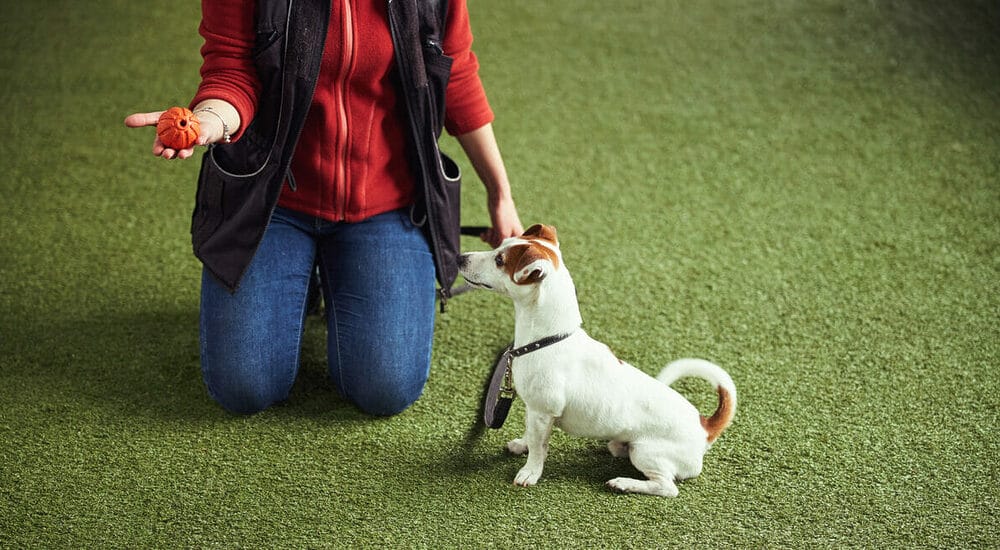
It can begin as early as puppyhood. If you notice your dog chewing on a cord, redirect their attention to chew toys and other activities. You can also teach commands like “leave it” so they are aware that electric cords are a no-go.
2Block access
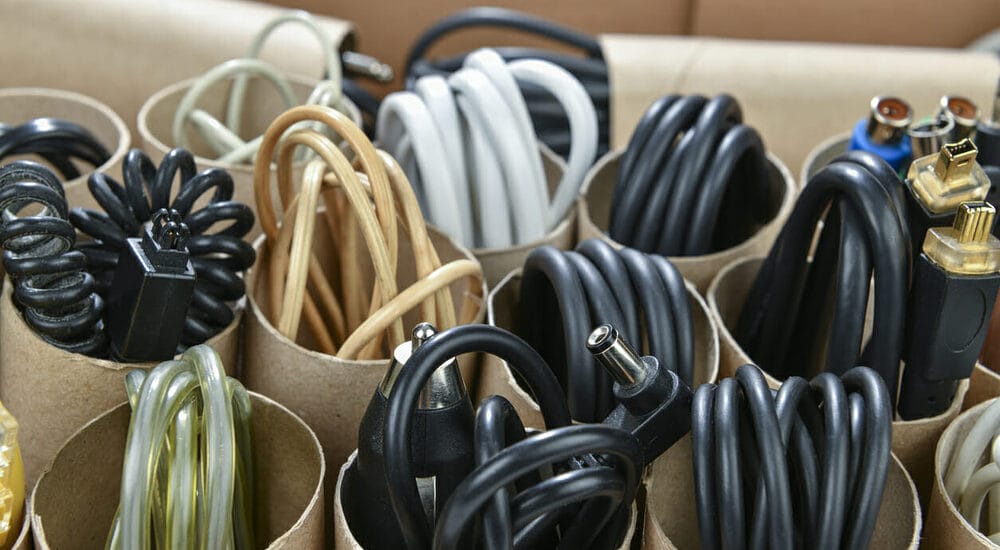
If you have an untrained dog, the best thing you can do is to block access to the cords. You can hide them behind furniture or you can get cable management boxes where you can neatly tuck away these unsightly cords.
Read More About: 5 Best Cord Protectors For Dogs
3Use deterrent spray
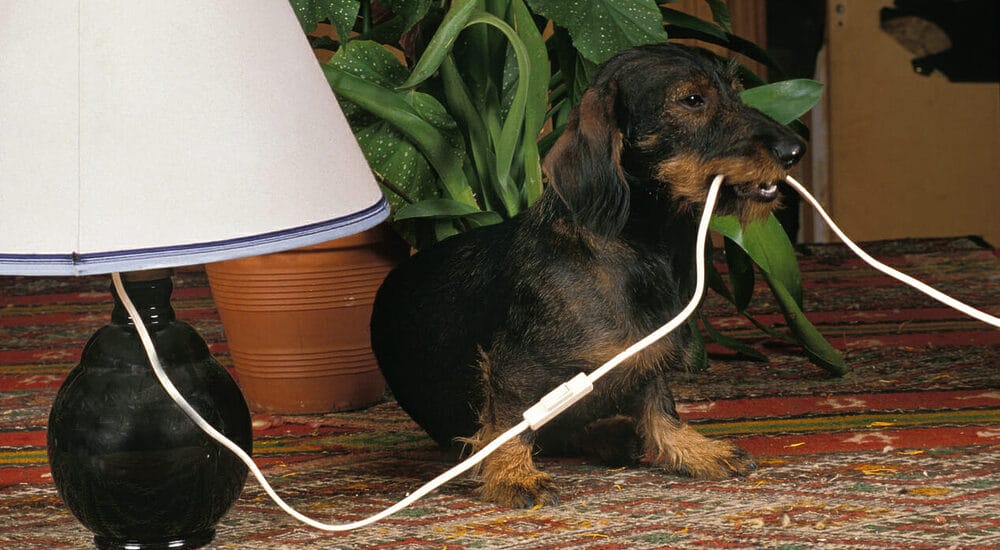
Make the cords taste and smell unappealing. You can purchase a pet-safe bitter tasting spray and rub it on the cords in your home. But please note that dogs react to taste and smell differently, so you want to make sure that you are using something that your dog is absolutely appalled of.
Read More About: Best Bitter Apple Spray For Dogs
4Unplug power cords
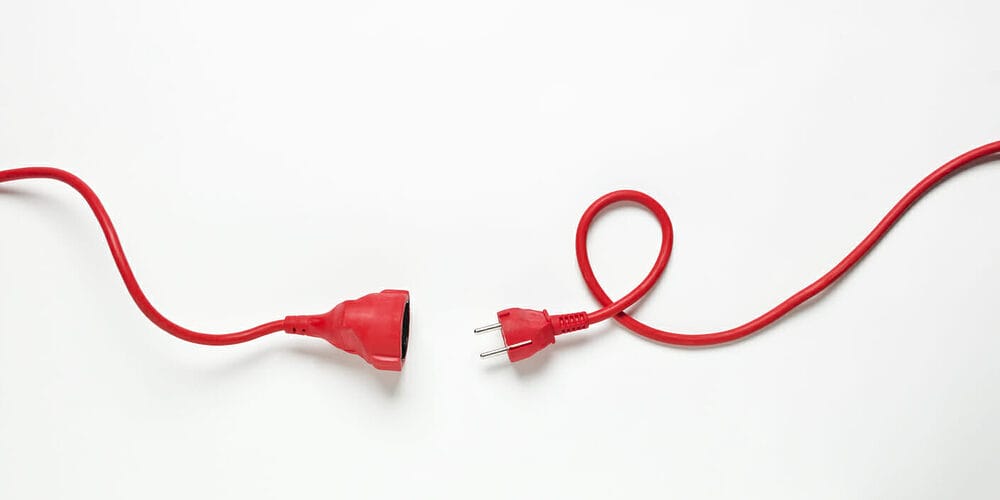
If you are leaving your pet at home, make sure you have unplugged all cables. In case your pet happens to chew on the cord, there’s a low chance of them getting an electric shock if the cable is unplugged.
Final thoughts – Better Safe Than Sorry
While there are serious risks that may happen when dogs chew on electrical cords, there are ways to prevent this kind of dangerous accident from happening. So, make sure to bear these in mind to keep your “ultimutt” best friend happy and healthy!


